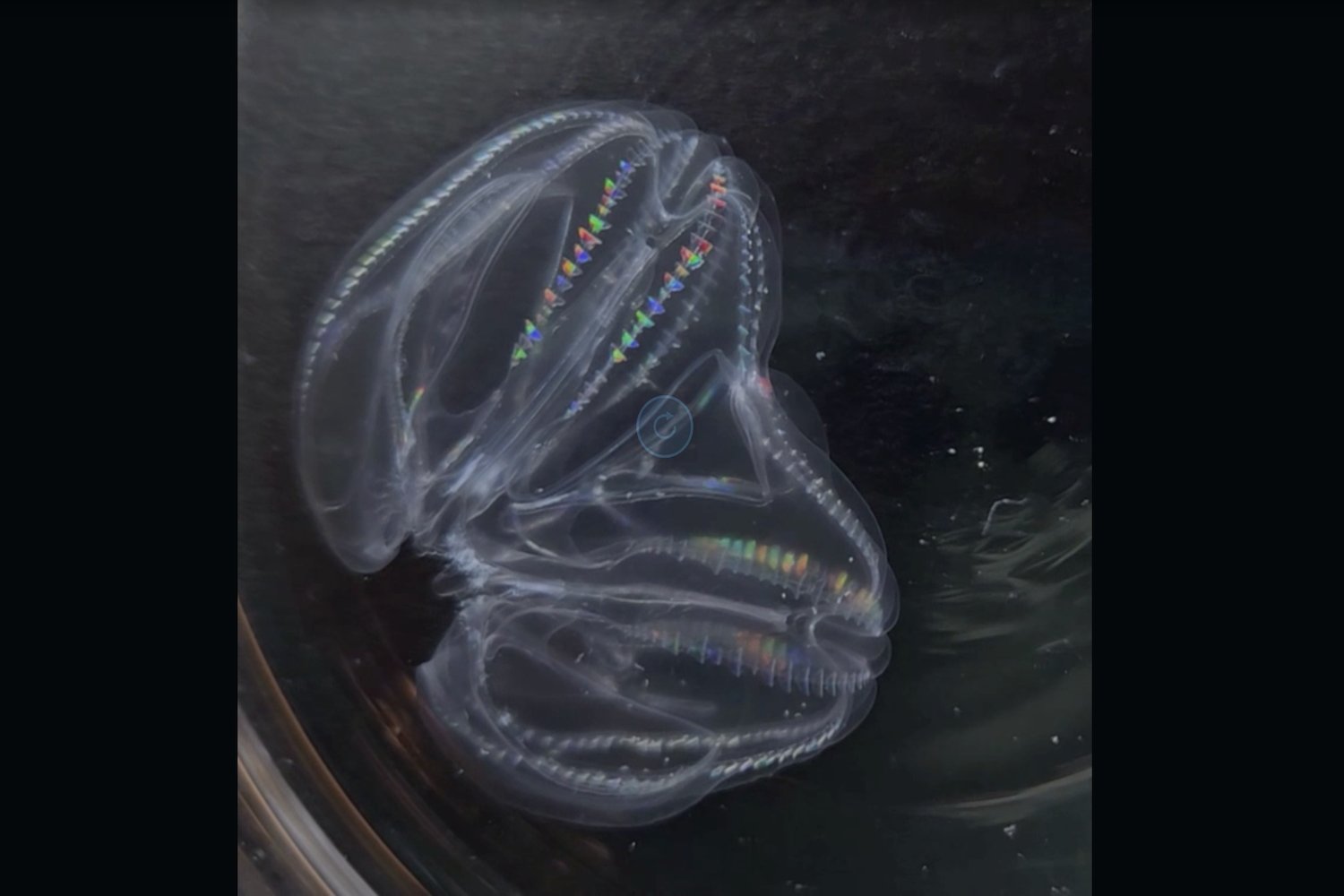Sometimes science is all about being in the right place at the right time. Such was the case with the “fortuitous” discovery of a wild lava garden nearly three miles underwater, which scientists are pointing to as evidence of the deepest recent undersea eruption ever documented.
Researchers got their lucky break exploring the central Mariana back-arc, a poorly-explored expanse of the western Pacific located not far from the Marianas Trench, with an autonomous underwater vehicle in 2015.
They were looking for hydrothermal vents, but at a depth of about 14,000 feet (4300 meters), the robot came across a glassy black lava flow that formed drip castle-like mounds and long, worm-like extrusions.
The surface of the flow was free of sediment and it was venting a milky hydrothermal fluid, indicating fresh lava that was still cooling. A bathymetric survey of a wider area revealed a string of flows 650-2,600 feet (200-800 meters) wide that spanned about 4.5 miles (7.2 kilometers). Those flows were not present as recently as 2013.
Follow-up surveys the next year showed a substantial decline in hydrothermal activity in the region, adding to the case for a very recent eruption of lava that was cooling off rapidly.
And this wasn’t just any old eruption. Writing Tuesday in Frontiers in Earth Science, the researchers say it’s the deepest historic eruption (i.e., from recent history) ever documented.
That’s exciting for a few reasons. For one, deep sea eruptions are super hard to catch in action, for the simple reason that they occur far from land-based sensors. We’ve only been documenting them for a few decades, and to date fewer than 40 eruptions have been cataloged worldwide at depths below 1,640 feet (500 meters). That’s compared with hundreds of historic land-based eruptions documented over many centuries.
“Most of Earth’s volcanic activity actually occurs in the oceans, but oftentimes we don’t know about it or can’t detect it,” lead study author Bill Chadwick, a marine geologist at Oregon State University, told Earther. Chadwick said these undersea outbursts offer insight into the fundamental geological process reshaping the Earth.
Volcanologist Jess Phoenix, who studied undersea volcanoes around Hawaii during her masters’ research, called the new discovery “super cool.” She noted that these rarely-seen eruptions have a lot to teach us about the strange biology of the deep.
“[L]ife flourishes around these undersea oases of warmth, including in newly-discovered ways like those witnessed at Kavachi volcano, where sharks and rays were documented swimming inside an active volcanic crater,” Phoenix told Earther via a Twitter direct message.
But as exciting as the discovery may be, it’s not all that surprising. Many geologists believe volcanic activity stretches all the way to the bottom of the ocean—it’s just a matter of having the right tools to spot it.
“I see this story as essentially that technology has finally observed deep water vulcanism [sic], which we knew must be there all along,” John Wiltshire, a marine geologist at the University of Hawai’i at Manoa who wasn’t involved in the new paper, told Earther via email. “It is a bit like finding planets orbiting distant stars—we know there must be such planets but until the technology got good enough we hadn’t actually observed them.”













